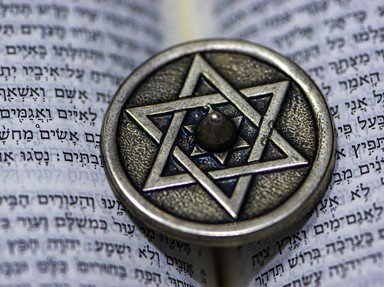Quiz Answer Key and Fun Facts
1. The ancient Cohanim who served as priests in the Temples, as well as their modern descendants, all trace their lineage back to one important Biblical figure. Which Biblical person was the father of the Cohanim?
2. Which of the following is NOT true regarding Cohanim during the Biblical period?
3. Purity was an important requirement for Cohanim in ancient times, and as a result, certain restrictions were placed on them that did not apply to other Jews. Which of the following is NOT a restriction placed on the Cohanim?
4. Recent advances in genetic research have allowed scientists to trace the lineage of various people. Since the Cohen lineage passes from father to son, it should be possible to trace this lineage on the "Y" chromosome of people who claim Cohen lineage.
Research has confirmed the existence of a "Cohen gene".
5. The Second Temple was destroyed by the Romans two thousand years ago. What privileges do people of Cohen descent retain in modern times?
6. On which day did the Cohen HaGadol (High Priest) enter the Holy of Holies?
7. Which life cycle event requires the participation of a Cohen?
8. Which of the following surnames is NOT usually a name associated with Cohanim?
9. Which historical personality, when faced with an anti-Semitic heckler, replied "When (your) ancestors were savages... mine were priests in the Temple of Solomon"?
10. The Temple Institute in the Old City of Jerusalem is preparing the sacred instruments of the Temple service, such as a golden menorah, in preparation for the Third Temple.
Source: Author
janetgool
This quiz was reviewed by FunTrivia editor
LeoDaVinci before going online.
Any errors found in FunTrivia content are routinely corrected through our feedback system.
